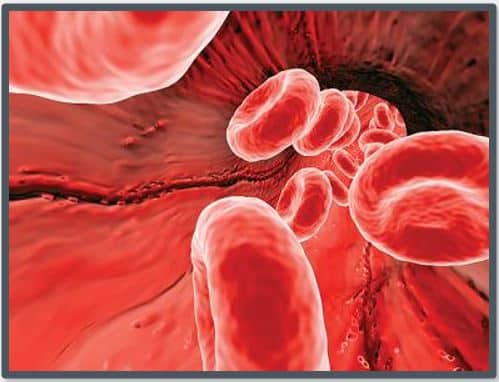OSHA & Bloodborne Pathogens
Some employees face significant health risks as a result of exposure to blood or other potentially infectious materials (OPIM). In 1991, the Occupational Safety and Health Administration (OSHA) issued the Bloodborne Pathogens Standard, 29 CFR 1910.1030, which applies to all employees who can reasonably come in contact with human blood and OPIM in the course of their job activities.
The purpose of the standard is to protect employees by minimizing or eliminating exposure to disease-carrying microorganisms or pathogens that can be found in human blood and other body fluids.

Every year, all employees with the potential for occupational exposure must receive training on bloodborne pathogens and exposure control methods.
Your understanding of important concepts such as engineering and work practice controls, personal protective equipment, exposure follow-up, and housekeeping procedures can help reduce or eliminate your risk of being exposed to potentially infectious materials in your workplace.
KNOWLEDGE CHECK
The purpose of the OSHA Bloodborne Pathogens Standard is to protect employees by minimizing or eliminating exposure to disease-carrying microorganisms or pathogens that can be found in human blood and other body fluids.
